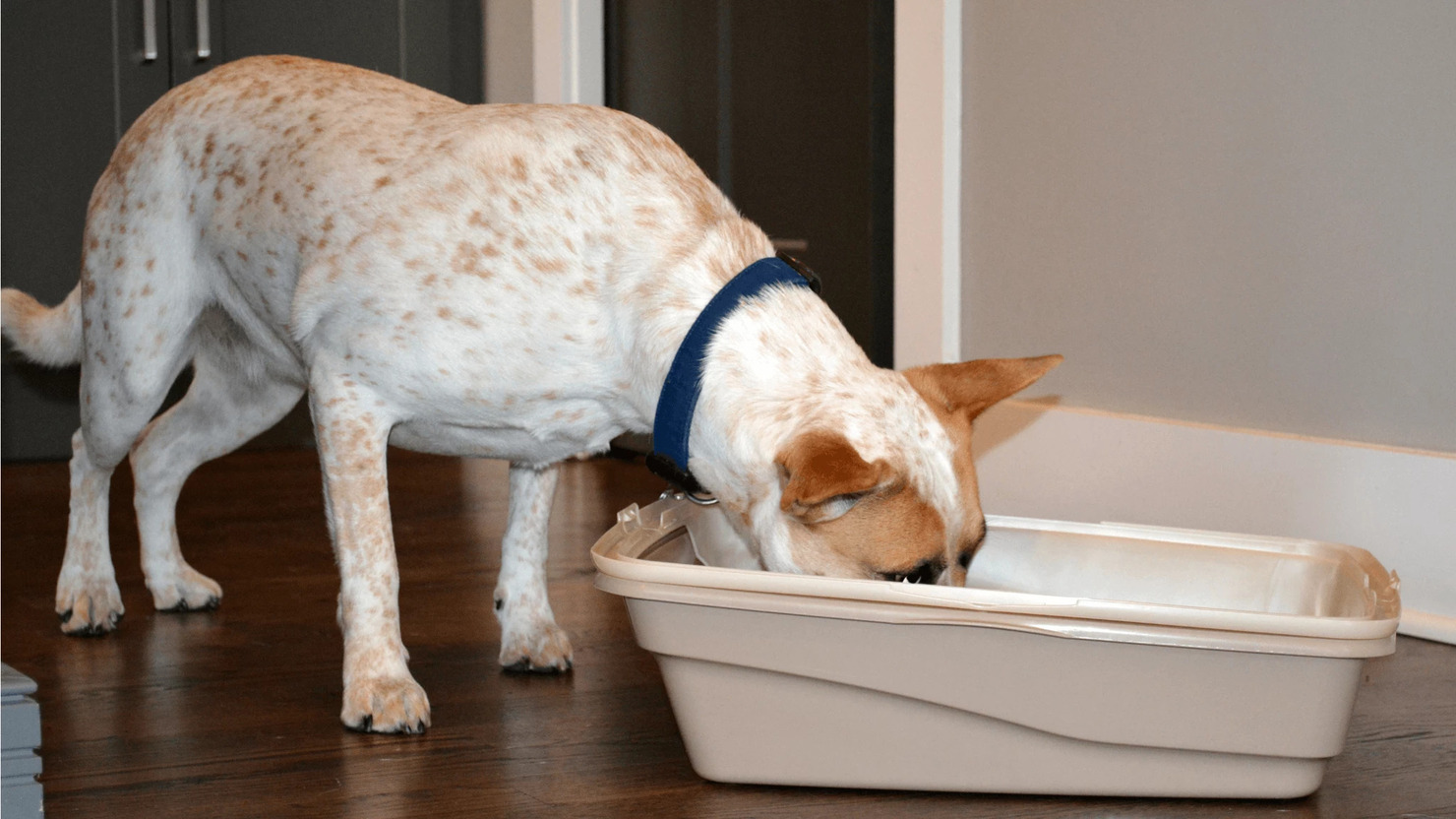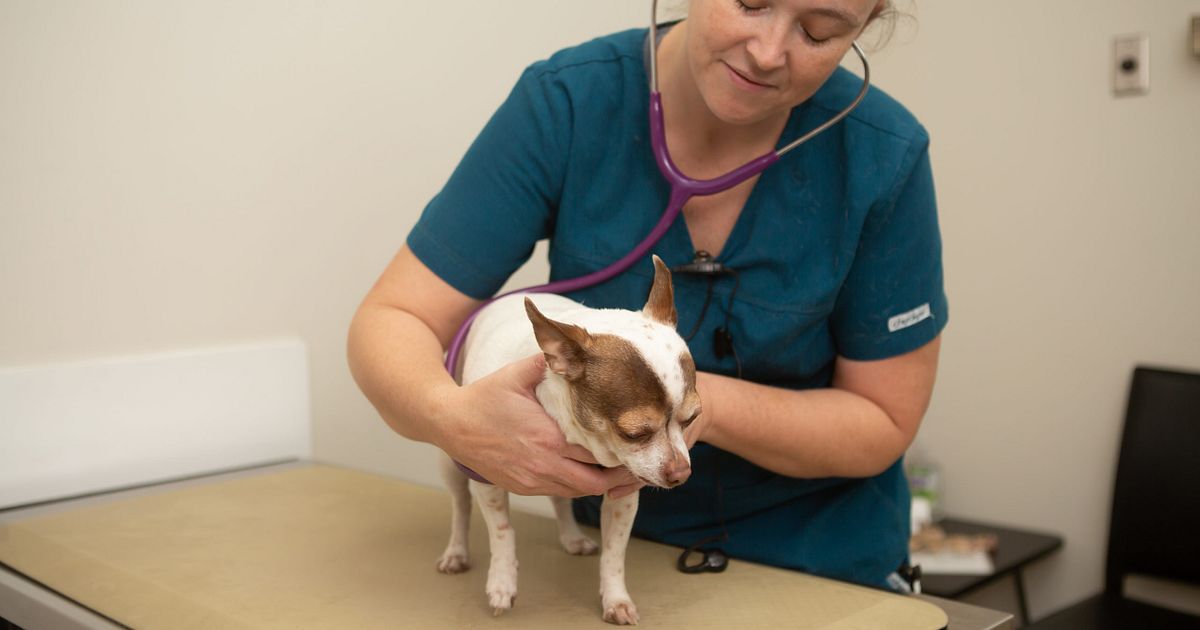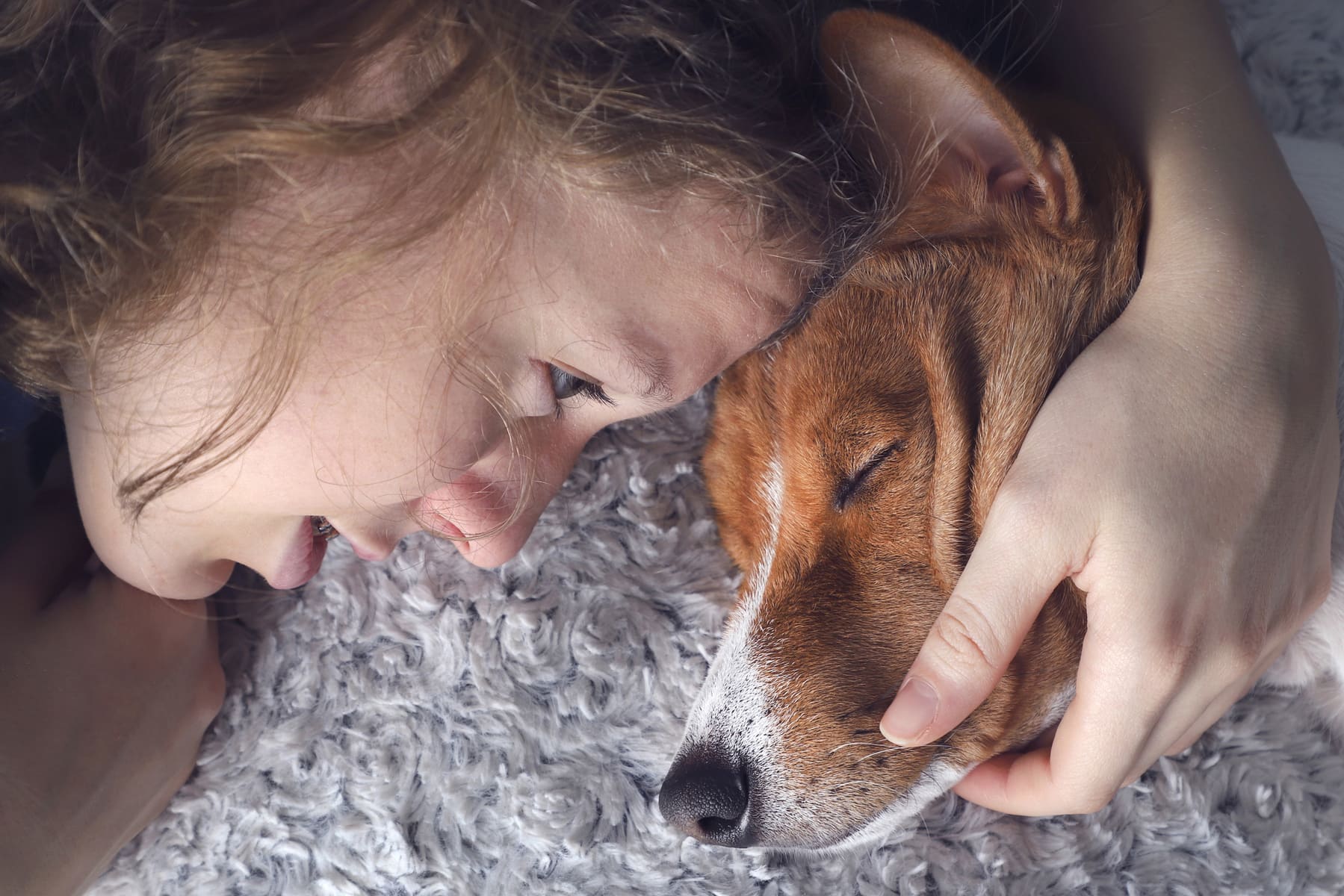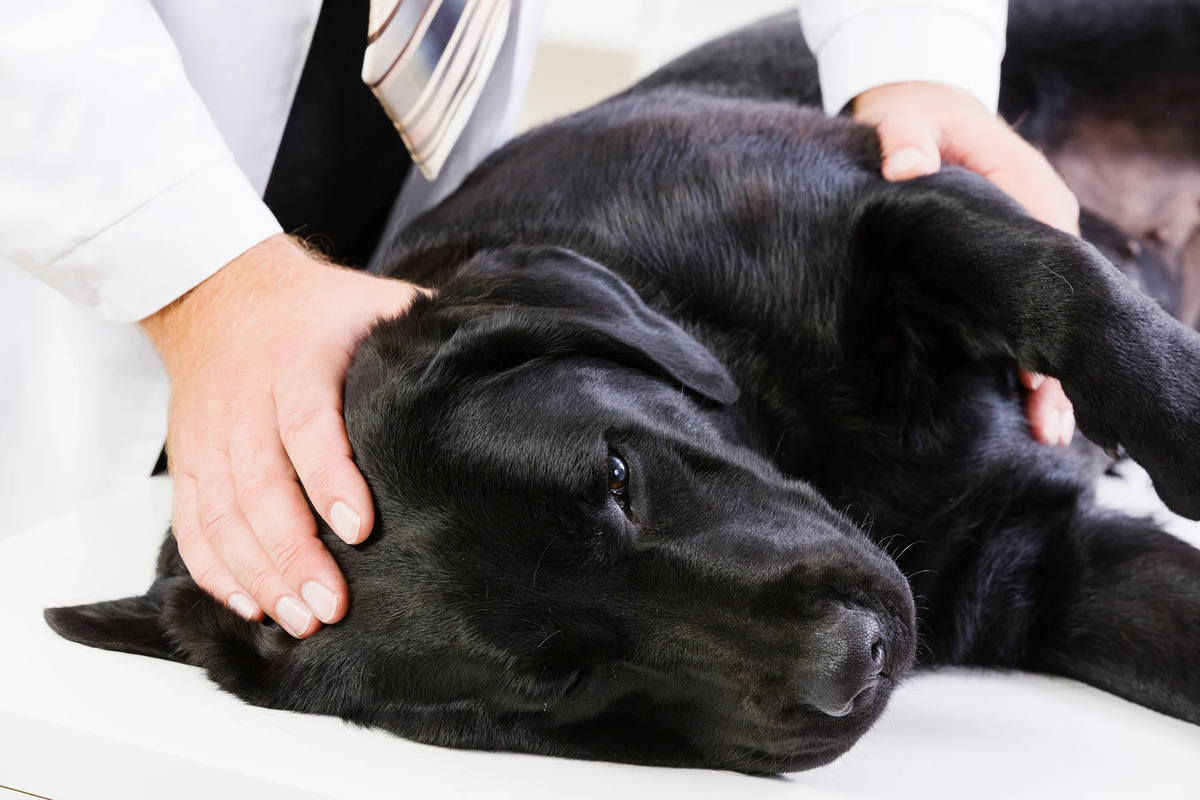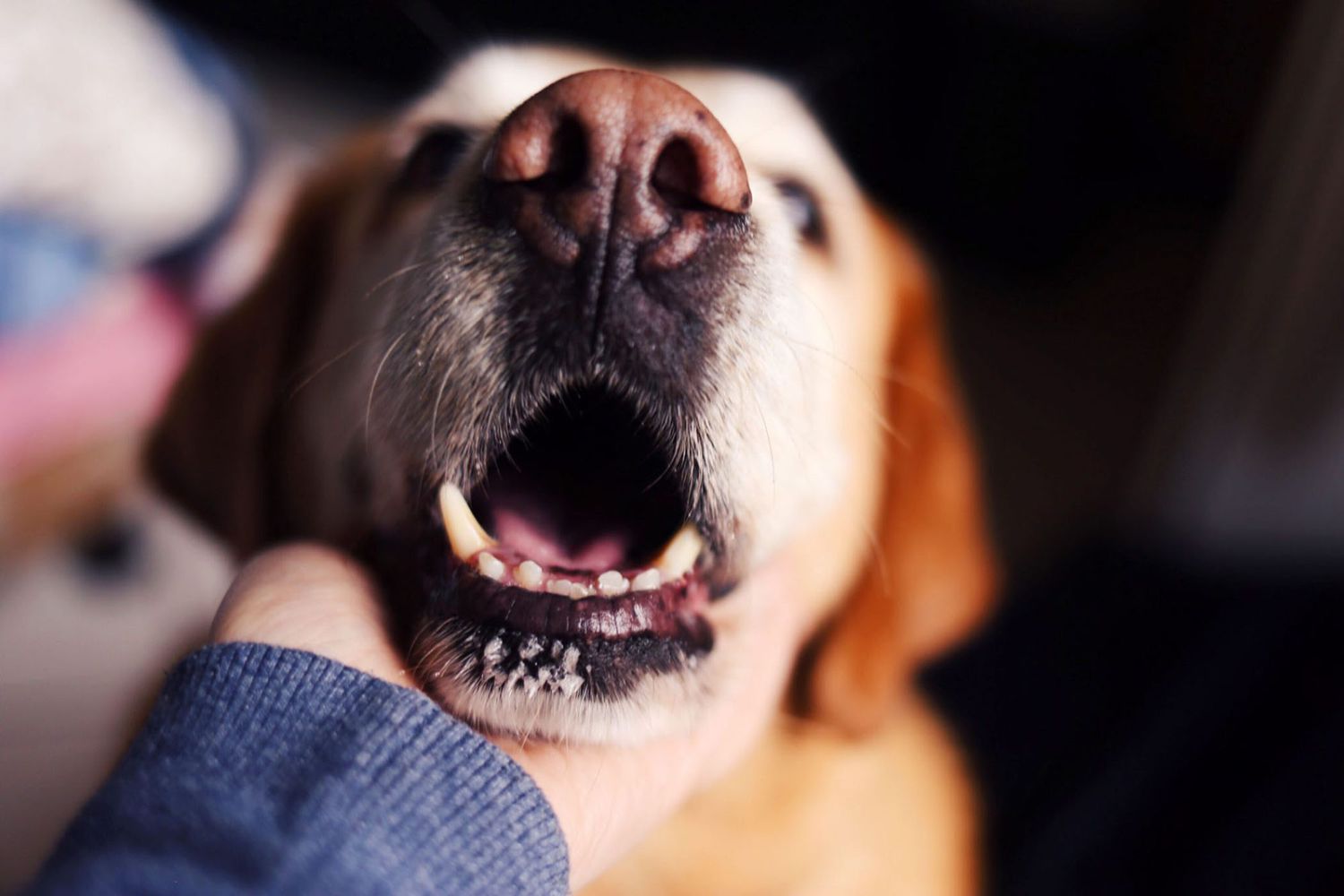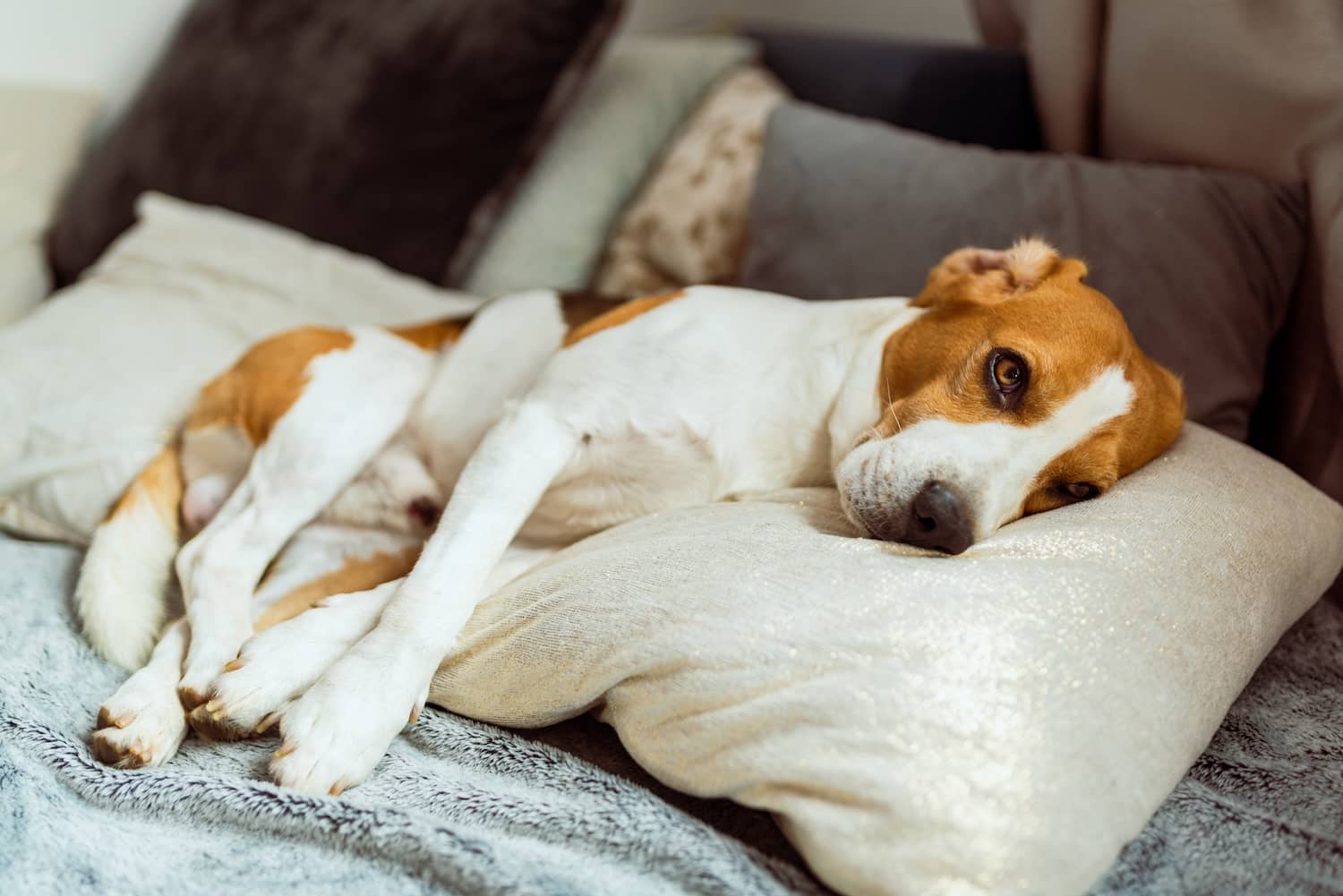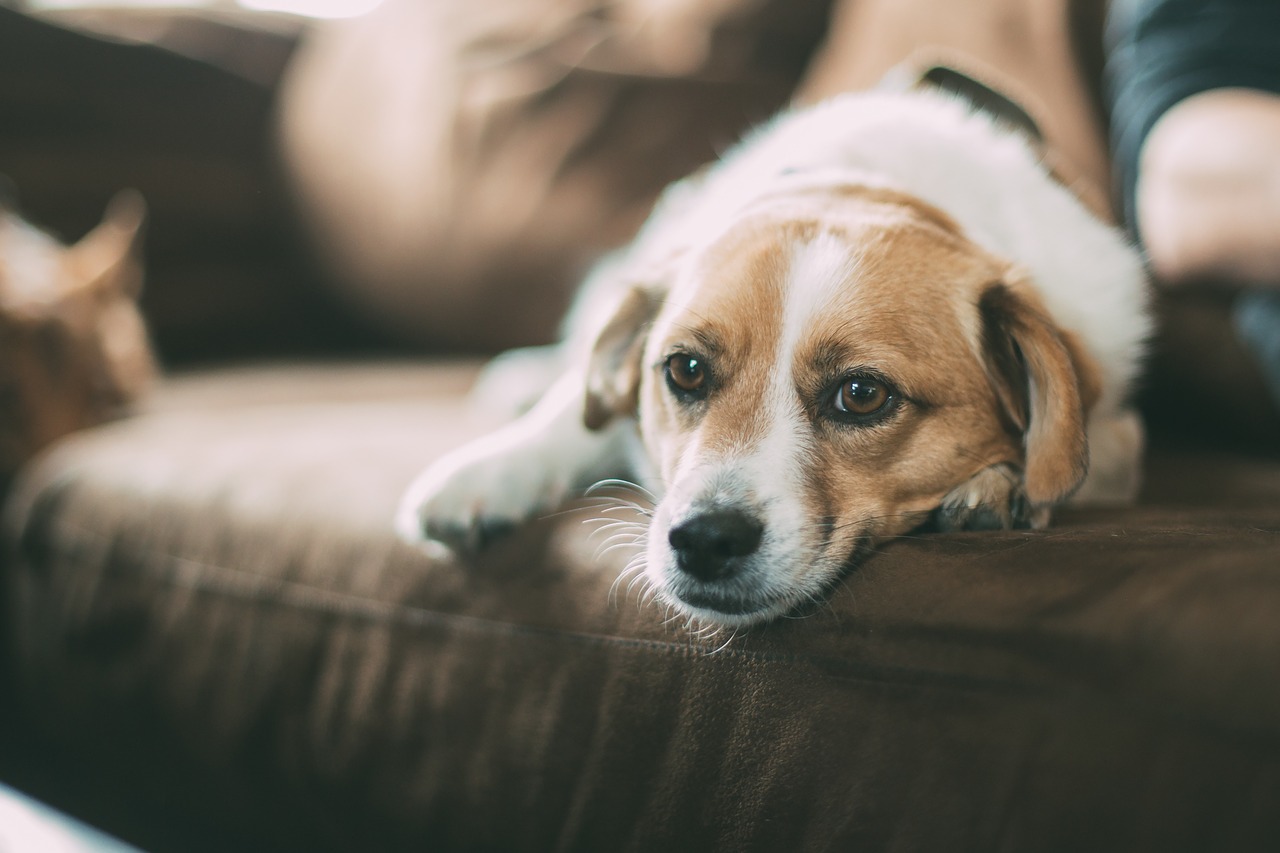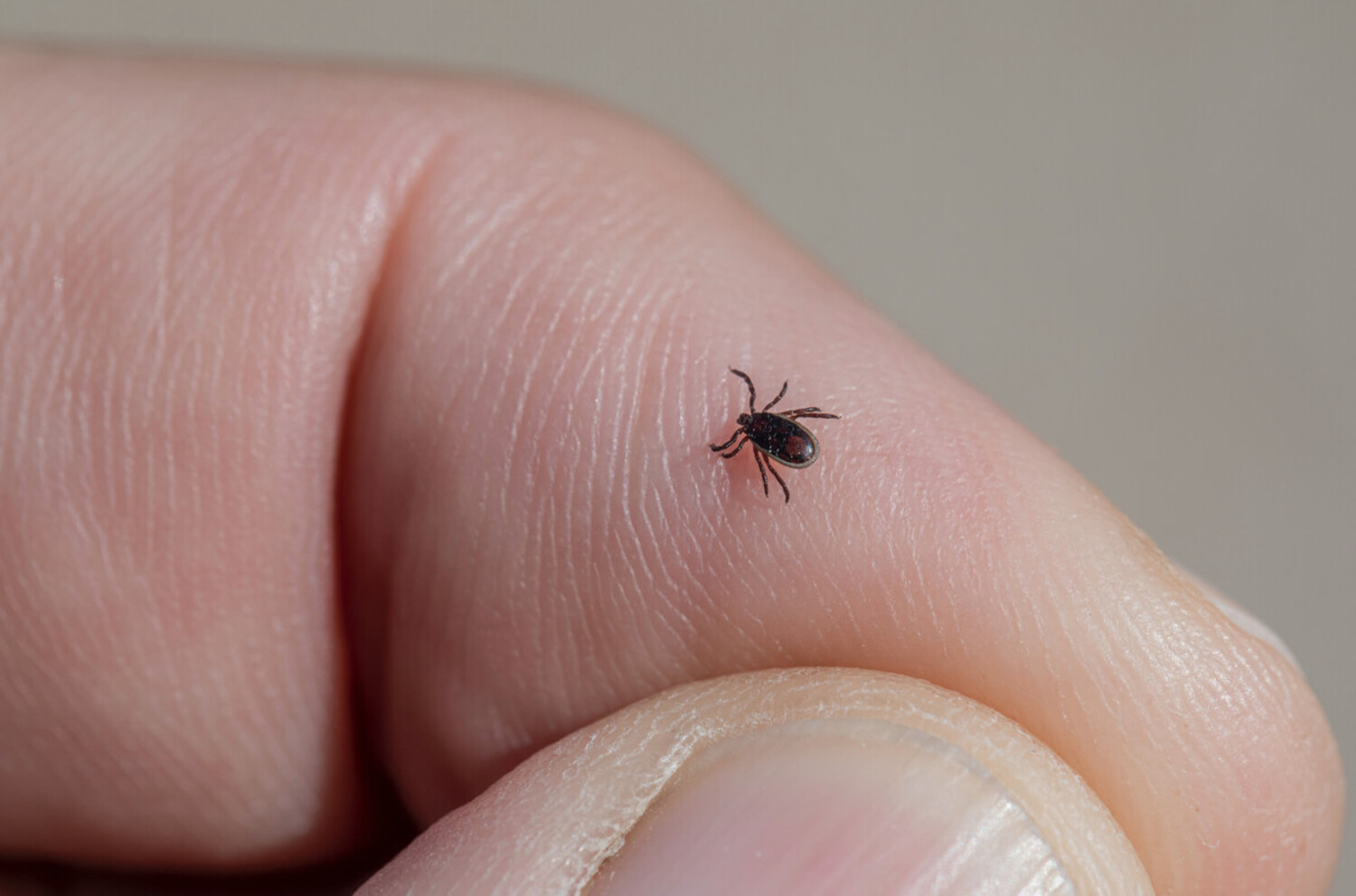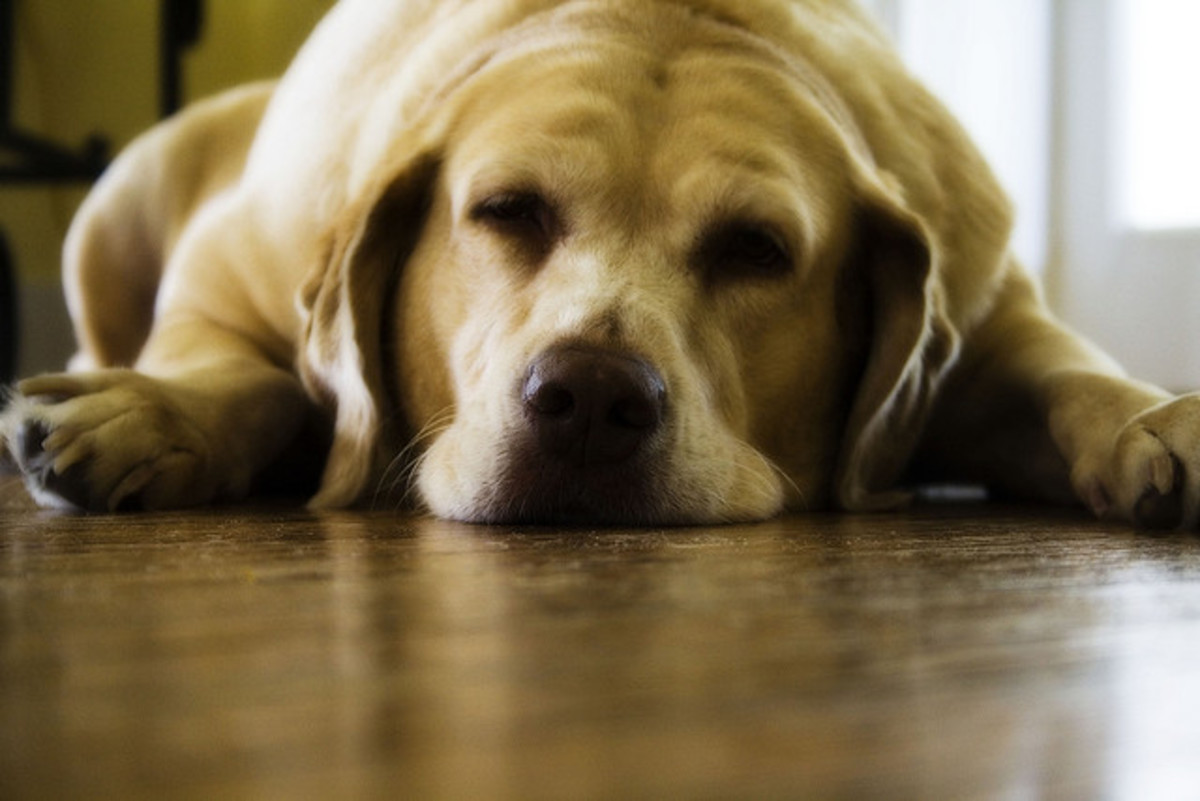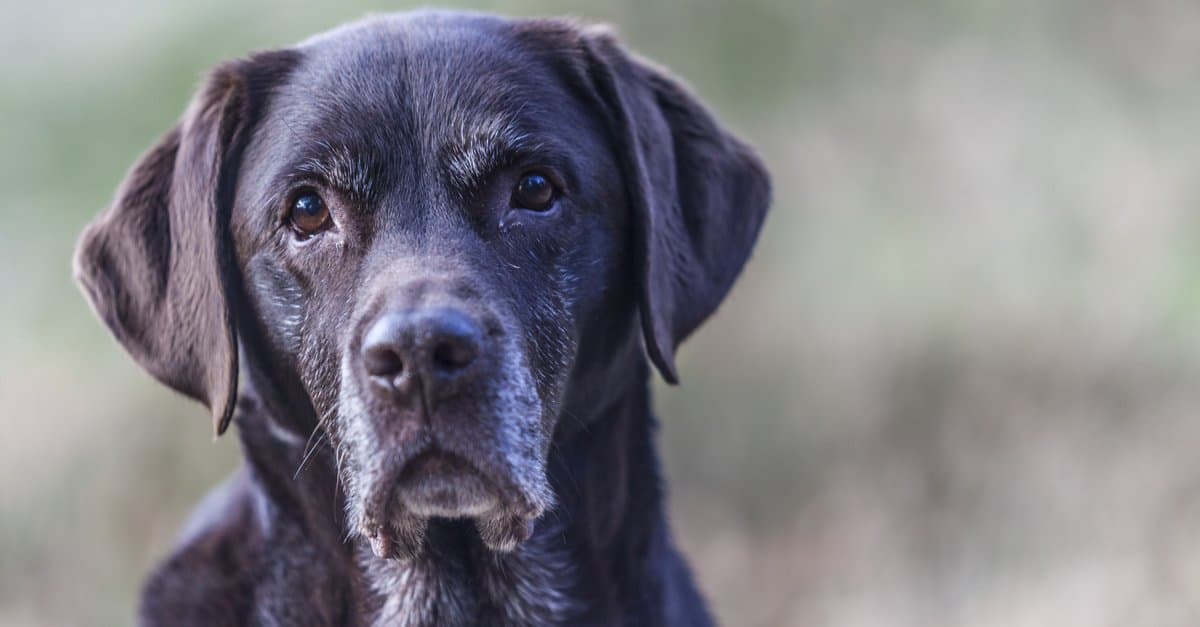Home>Health & Wellness>Behavior & Cognitive Care>Getting A Puppy When You Have A Senior Dog
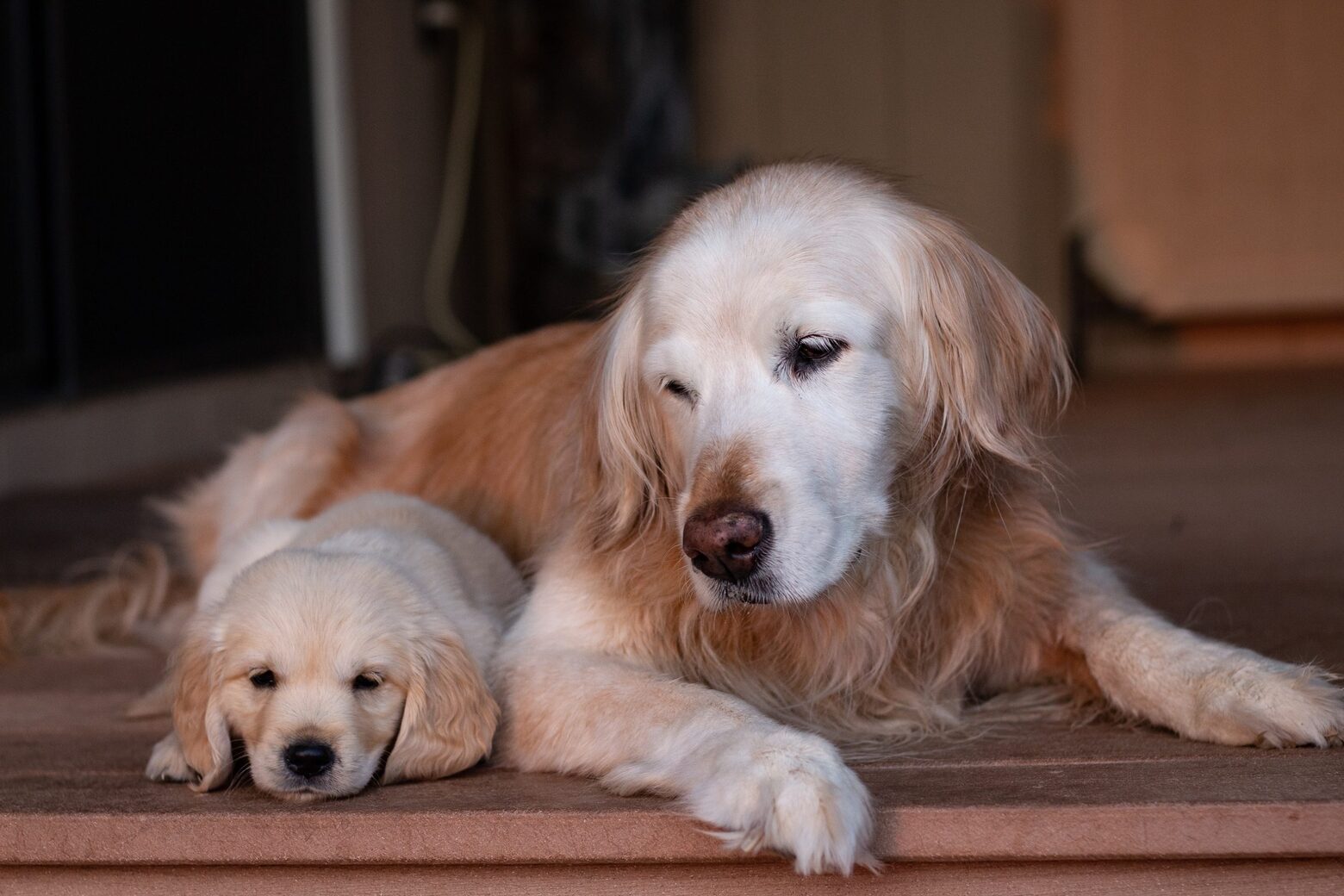

Behavior & Cognitive Care
Getting A Puppy When You Have A Senior Dog
Published: February 1, 2024
Learn how to introduce a new puppy to your senior dog with expert tips on behavior and cognitive care. Ensure a smooth transition for your furry companions.
(Many of the links in this article redirect to a specific reviewed product. Your purchase of these products through affiliate links helps to generate commission for Pawsomeoldies.com, at no extra cost. Learn more)
Table of Contents
Introduction
Bringing a new puppy into a household that already includes a senior dog can be an exciting yet delicate endeavor. It's a decision that requires thoughtful consideration and careful planning to ensure the well-being and harmony of both pets. The introduction of a puppy can bring joy and companionship to your senior dog, but it also presents unique challenges that need to be addressed with patience and understanding.
The dynamics between a puppy and a senior dog can vary widely, and the success of their relationship largely depends on how the introduction and subsequent interactions are managed. Understanding the specific needs and behaviors of both dogs is crucial in creating a harmonious environment where they can coexist and thrive together.
In this article, we will explore the considerations and steps involved in integrating a puppy into a household with a senior dog. From initial preparations to ongoing management, we will delve into the intricacies of this process, offering insights and practical tips to help you navigate this significant transition. By understanding the dynamics at play and implementing thoughtful strategies, you can create a nurturing and fulfilling environment for both your senior dog and the new addition to your family.
Considerations Before Getting a Puppy
Before welcoming a new puppy into a home with a senior dog, several crucial considerations should be carefully evaluated to ensure a smooth and successful integration. Understanding the unique needs of both the senior dog and the potential puppy is essential in making informed decisions that will benefit the well-being of both pets.
Assessing the Senior Dog's Health and Comfort
The first consideration revolves around the health and comfort of the senior dog. It's important to assess the senior dog's physical condition, including any existing health issues or mobility limitations. Understanding the senior dog's overall well-being is crucial in determining whether they are capable of adapting to the presence of a lively and energetic puppy. Additionally, considering the senior dog's temperament and tolerance for playful behavior is vital in gauging their potential compatibility with a new puppy.
Evaluating the Senior Dog's Socialization and Behavior
Another important aspect to consider is the senior dog's socialization and behavior around other dogs. Some senior dogs may have limited exposure to other canines, while others may exhibit specific preferences or aversions to certain types of interactions. Assessing the senior dog's past experiences with puppies or younger dogs can provide valuable insights into how they might respond to the introduction of a new companion. Understanding the senior dog's social dynamics and preferences will help in selecting a puppy whose temperament aligns with the senior dog's disposition.
Understanding the Time and Commitment Involved
Introducing a puppy into a household requires a significant investment of time and effort. Before getting a puppy, it's essential to evaluate whether there is sufficient time and commitment available to meet the needs of both the senior dog and the new puppy. Puppies demand extensive attention, training, and socialization, which can impact the daily routines and dynamics within the household. Assessing the availability of resources and the ability to provide adequate care and supervision for both dogs is crucial in ensuring a positive and nurturing environment for their coexistence.
Considering the Household Environment and Dynamics
The existing household environment and dynamics also play a pivotal role in determining the suitability of introducing a puppy. Factors such as the living space, family dynamics, and the presence of children or other pets should be taken into account. Understanding how the addition of a puppy may impact the overall household dynamics, including the senior dog's comfort and sense of security, is essential in making an informed decision.
By carefully evaluating these considerations before getting a puppy, pet owners can make well-informed choices that prioritize the welfare and happiness of both the senior dog and the new puppy. Taking the time to assess the senior dog's health, behavior, and environment sets the stage for a thoughtful and successful integration process, laying the foundation for a harmonious relationship between the two canine companions.
Introducing the Puppy to Your Senior Dog
Introducing a puppy to a senior dog is a pivotal stage that sets the tone for their future interactions and relationship. It requires a strategic and considerate approach to ensure a smooth and positive introduction. The following steps can help facilitate a successful initial meeting and lay the groundwork for a harmonious coexistence between the two dogs.
Creating a Neutral Introduction Space
When introducing the puppy to the senior dog for the first time, it's essential to choose a neutral and controlled environment. This can help alleviate territorial concerns and reduce potential tension. Selecting a neutral space, such as a quiet room or a neutral outdoor area, can provide a neutral ground for the initial interaction, allowing both dogs to acclimate to each other without feeling threatened or protective of their respective territories.
Controlled and Supervised Interaction
During the initial introduction, it's crucial to maintain control and supervision to ensure the safety and comfort of both dogs. Keeping both dogs on leashes can provide a level of control while allowing them to approach each other at their own pace. Monitoring their body language and reactions is essential in gauging their comfort levels and addressing any signs of distress or discomfort.
Allowing Natural Interaction
While maintaining control and supervision, it's important to allow the dogs to engage in natural and unforced interaction. This can involve gentle sniffing, casual exploration, and non-threatening gestures. Allowing the dogs to establish a natural rapport can foster a sense of familiarity and mutual acceptance, laying the groundwork for a positive relationship.
Managing Initial Reactions
It's common for both the senior dog and the puppy to exhibit varying reactions during the initial introduction. The senior dog may display curiosity, caution, or assertiveness, while the puppy may demonstrate excitement, timidity, or curiosity. Understanding and managing these initial reactions with patience and reassurance can help mitigate potential conflicts and establish a foundation of mutual respect and understanding.
Gradual Integration
Following the initial introduction, gradual integration under controlled supervision is recommended. This can involve short, supervised interactions between the dogs, allowing them to become accustomed to each other's presence and behavior. Gradual integration helps prevent overwhelming either dog and allows for a smoother transition into cohabitation.
By following these steps and approaching the introduction with patience, attentiveness, and sensitivity to the dogs' cues, pet owners can set the stage for a positive and respectful relationship between the puppy and the senior dog. A thoughtful and controlled introduction lays the groundwork for a harmonious coexistence, fostering a bond that can enrich the lives of both dogs and bring joy to the entire household.
Managing the Relationship Between the Puppy and Senior Dog
Managing the relationship between a puppy and a senior dog involves ongoing efforts to foster a harmonious coexistence and address the unique dynamics that arise from the age gap and differing energy levels. It requires a balanced approach that considers the individual needs, behaviors, and interactions of both dogs, aiming to create a supportive and respectful environment where both can thrive.
Understanding Individual Needs
Recognizing and accommodating the individual needs of the puppy and senior dog is fundamental in managing their relationship. The puppy, characterized by exuberance and a need for socialization and training, requires outlets for physical activity, mental stimulation, and social interaction. On the other hand, the senior dog may have reduced energy levels, specific health considerations, and a preference for calm and predictable routines. Understanding and addressing these distinct needs is essential in ensuring that both dogs receive the appropriate care, attention, and engagement tailored to their respective life stages.
Establishing Boundaries and Supervision
Setting clear boundaries and providing structured supervision is crucial in managing the interactions between the puppy and senior dog. This can involve creating designated spaces for each dog, implementing consistent training and reinforcement of boundaries, and supervising their interactions to prevent potential conflicts or overwhelming situations. By establishing a framework of predictability and structure, pet owners can mitigate stress and promote a sense of security for both dogs, fostering a balanced and respectful relationship.
Facilitating Positive Interactions
Promoting positive interactions between the puppy and senior dog is key to nurturing their relationship. This can involve facilitating supervised play sessions, encouraging gentle and respectful behavior, and providing opportunities for shared activities that cater to both dogs' capabilities and preferences. By fostering positive experiences and reinforcing desirable interactions, pet owners can cultivate a sense of companionship and mutual respect between the two dogs, strengthening their bond over time.
Addressing Individual Health and Well-being
Attending to the individual health and well-being of both the puppy and senior dog is paramount in managing their relationship. This includes ensuring that each dog receives appropriate veterinary care, nutrition, and exercise tailored to their age and health status. Additionally, monitoring their comfort levels, addressing any signs of stress or discomfort, and providing opportunities for rest and relaxation are essential in promoting their overall well-being and contributing to a harmonious coexistence.
Read more: Do Dogs Get Anxiety When You Hug Them?
Adapting to Evolving Dynamics
Recognizing that the dynamics between the puppy and senior dog may evolve over time is crucial in effective relationship management. As the puppy matures and the senior dog's needs may change, ongoing adjustments to their interactions, routines, and care requirements may be necessary. Remaining attuned to their individual behaviors, preferences, and any changes in their relationship dynamics enables pet owners to adapt and accommodate their evolving needs, fostering a supportive and enduring bond between the two dogs.
By proactively addressing the unique considerations and dynamics involved in managing the relationship between a puppy and a senior dog, pet owners can create an environment that promotes mutual well-being, respect, and companionship. Through attentive care, thoughtful supervision, and a deep understanding of each dog's individual needs, the relationship between the puppy and senior dog can flourish, enriching the lives of both pets and bringing joy to the entire household.
Ensuring the Health and Well-being of Both Dogs
Prioritizing the health and well-being of both the senior dog and the new puppy is paramount in creating a nurturing and sustainable environment for their coexistence. This involves a multifaceted approach that encompasses physical health, mental well-being, and environmental considerations tailored to the specific needs of each dog.
Veterinary Care and Wellness Checks
Regular veterinary care is fundamental in safeguarding the health of both dogs. Scheduling wellness checks, vaccinations, and preventive care measures tailored to the age and life stage of each dog is essential in addressing their individual health requirements. For the senior dog, proactive management of age-related health concerns, such as arthritis, dental health, and cognitive function, is crucial in maintaining their overall well-being. Similarly, the puppy requires a comprehensive wellness plan that includes vaccinations, parasite control, and early socialization to support their growth and development.
Nutrition and Dietary Considerations
Providing balanced and age-appropriate nutrition is vital in supporting the health and vitality of both dogs. Tailoring their diets to meet their specific nutritional needs, such as senior dog formulas for the older canine and high-quality puppy food for the new addition, ensures that they receive essential nutrients for optimal health. Additionally, monitoring their dietary intake, addressing any dietary sensitivities or allergies, and ensuring access to fresh water contribute to their overall well-being.
Exercise and Mental Stimulation
Promoting physical activity and mental stimulation is integral to the well-being of both the senior dog and the puppy. While the senior dog may benefit from gentle exercise tailored to their mobility and comfort, the puppy requires opportunities for play, exploration, and socialization to support their physical and cognitive development. Balancing their exercise routines and providing enriching activities that cater to their individual capabilities fosters their overall health and mental well-being.
Environmental Comfort and Safety
Creating a safe and comfortable environment for both dogs is essential in promoting their well-being. This involves ensuring that the living space is conducive to their needs, with considerations for accessibility, comfort, and safety. Providing cozy resting areas, temperature control, and a secure environment that minimizes potential hazards supports their physical comfort and emotional security.
Emotional Support and Bonding
Acknowledging the emotional needs of both the senior dog and the puppy is crucial in nurturing their overall well-being. Offering reassurance, positive reinforcement, and opportunities for bonding through affectionate interactions and shared activities fosters a sense of security and contentment for both dogs. Additionally, recognizing and addressing any signs of anxiety, stress, or behavioral changes contributes to their emotional well-being and strengthens their bond with the family.
By addressing these comprehensive aspects of health and well-being, pet owners can create a supportive and enriching environment that prioritizes the individual needs of both the senior dog and the new puppy. Through attentive care, proactive management, and a deep understanding of their specific requirements, the health and well-being of both dogs can be safeguarded, laying the foundation for a fulfilling and enduring companionship within the household.
Conclusion
Introducing a puppy into a household with a senior dog is a significant decision that requires careful consideration, thoughtful planning, and ongoing dedication. The successful integration of a new puppy alongside a senior canine companion can bring joy, companionship, and a renewed sense of vitality to the household. However, it also presents unique challenges that demand patience, understanding, and a proactive approach to ensure the well-being and harmony of both dogs.
By evaluating the senior dog's health, behavior, and social dynamics before getting a puppy, pet owners can make informed decisions that prioritize the welfare of both pets. Understanding the individual needs, energy levels, and preferences of the senior dog and the new puppy is crucial in creating an environment where both can thrive. Additionally, the careful management of their initial introduction and ongoing relationship fosters a sense of companionship, respect, and mutual well-being.
The integration of a new puppy into a household with a senior dog is a journey that requires adaptability, empathy, and a deep understanding of the unique dynamics at play. By prioritizing the health, comfort, and emotional well-being of both dogs, pet owners can create a nurturing and fulfilling environment where the senior dog and the new puppy can coexist harmoniously, enriching each other's lives and bringing joy to the entire family.
Ultimately, the successful integration of a puppy alongside a senior dog is a testament to the enduring bond and resilience of canine companionship. Through attentive care, thoughtful management, and a commitment to addressing their individual needs, pet owners can create a supportive and enduring environment where both dogs can thrive, fostering a relationship that brings immeasurable joy and fulfillment to the entire household.
